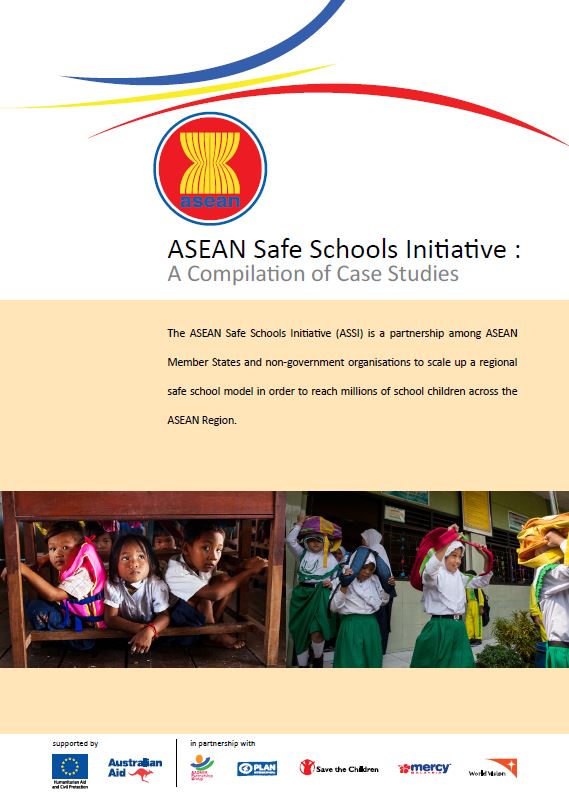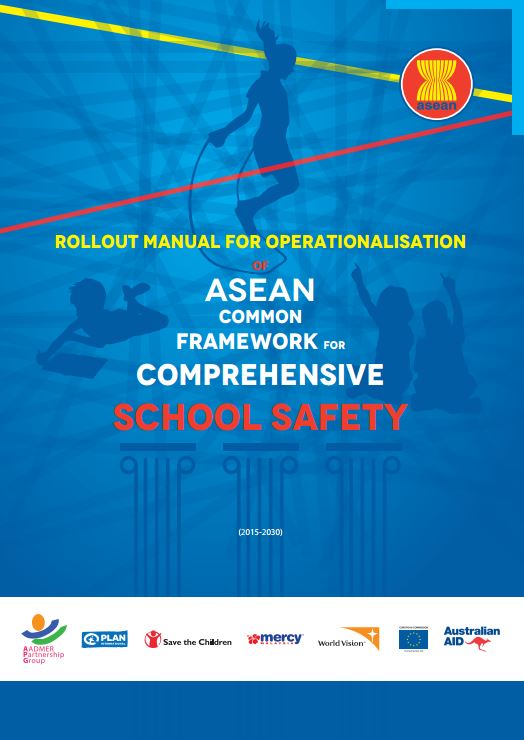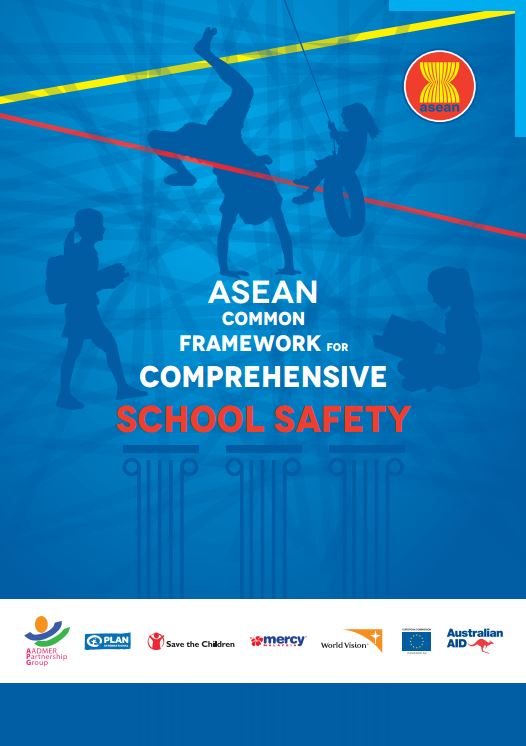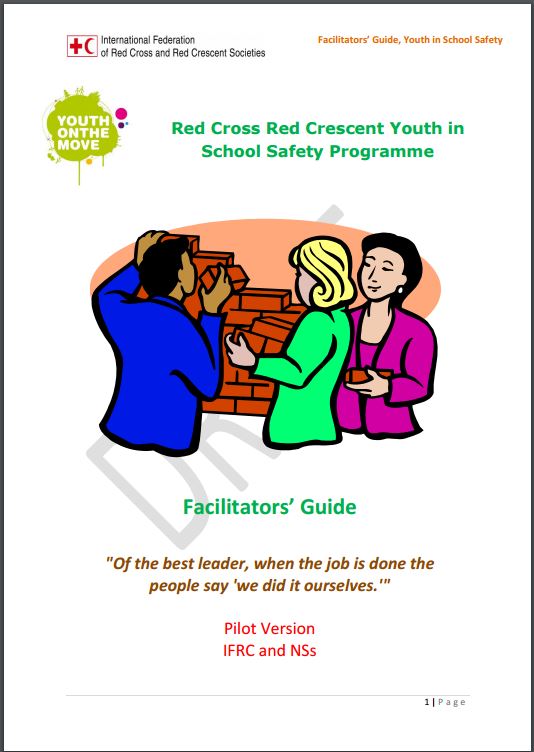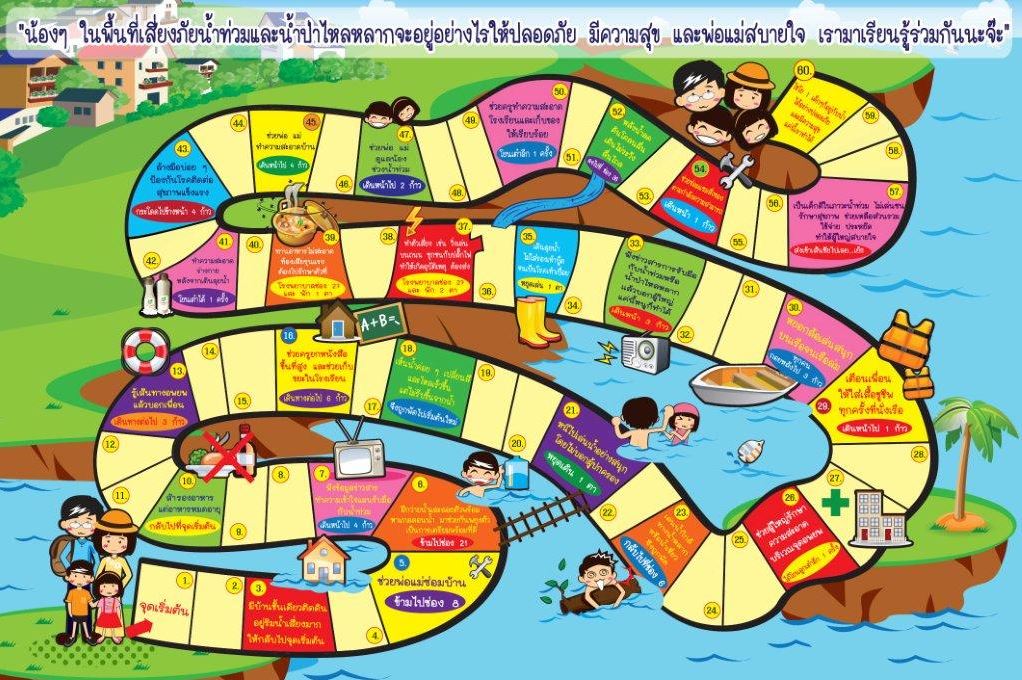Purpose:
The School Disaster Risk Management (SDRM) Guidelines aim to support school-based risk assessment and planning, educational continuity planning, and development of response skills (such as standard operating procedures, incident command systems in case of hazards) and response provisions (such as temporary and locally built learning facilities) –all of which form the School Disaster Risk Management Plan.
The SDRM Guidelines aim to reduce the impact of disasters on the school’s environment, physical construction, as well as to avoid possible impacts on the students’ learning outcomes. To achieve this, the Guidelines attempt to harmonize existing school safety template documents with existing global and regional approaches to come up with a common set of standards that can be adopted and adapted in Southeast Asian countries.
Overview:
- The first section presents the common principles and standards in school disaster risk management discussed in a step-by-step manner, including a discussion on the roles and responsibilities of the SDRM Committee and SDRM Focal Point, the purpose is to develop a SDRM Plan that will guide the school in achieving comprehensive school safety.
- The second and third section discusses about the relevant tools and activities to develop the SDRM Plan.
- The fourth section contains country profiles that briefly describe the strengths and challenges of each Southeast Asian country. A number of case stories are also provided to illustrate simple, practical, and easy-to-replicate good practices of school-based disaster risk management.
Usage: Guidance for implementation
Audience: School safety practitioners
![]()



